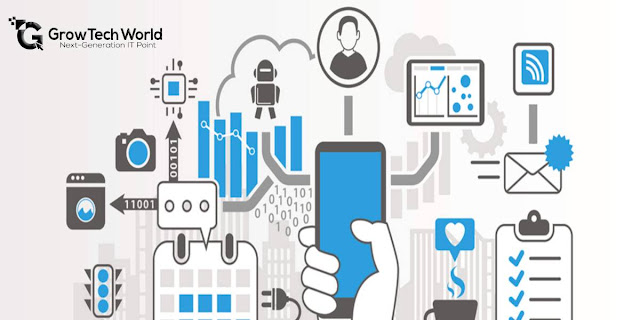AI and the Internet of Things: Connecting the World with Technology
The Internet of Things (IoT) has been a game-changer in the world of technology, enabling devices to communicate with each other and share data seamlessly. With the rapid development of Artificial Intelligence (AI), the IoT is taking on new dimensions, opening up a whole new world of possibilities. In this blog post, we will discuss the impact of AI on the IoT, the opportunities and challenges it presents, and the potential future developments.
The Impact of Artificial Intelligence (AI) on the IoT
The IoT has revolutionized the way we interact with technology, enabling devices to communicate with each other and share data seamlessly. However, the full potential of the IoT has yet to be realized. With the integration of AI, the IoT can become even more powerful, enabling devices to not only communicate but also analyze and act on data.
AI can be used to enhance the capabilities of IoT devices, making them smarter and more efficient. For example, AI algorithms can be used to analyze data from sensors and make decisions based on that data. This can enable devices to make autonomous decisions, such as adjusting the temperature in a room based on occupancy or turning off lights when a room is empty.
The Opportunities and Challenges of Artificial Intelligence (AI) I and IoT
The integration of AI and IoT presents several opportunities and challenges. One of the opportunities is increased efficiency. By using AI to analyze data from IoT devices, businesses can make more informed decisions, optimize processes, and reduce costs.
Another opportunity is improved customer experiences. With AI-powered IoT devices, businesses can provide personalized and customized experiences for customers, based on their preferences and behavior.
However, the integration of AI and IoT also presents several challenges. One of the challenges is security. With more devices connected to the internet, the risk of cyber-attacks increases. AI-powered IoT devices can also be vulnerable to attacks, as AI algorithms can be manipulated or tricked.
Another challenge is privacy. With more devices collecting and sharing data, there is a risk of personal data being compromised. AI-powered IoT devices can also raise ethical concerns, such as the use of facial recognition technology or the potential for bias in decision-making algorithms.
Future Developments
The integration of AI and IoT is still in its early stages, and there is much room for growth and development. One potential development is the use of edge computing. Edge computing involves processing data at the edge of the network, closer to the devices that generate the data. This can improve response times and reduce the amount of data that needs to be transmitted over the network.
Another potential development is the use of blockchain technology. Blockchain can be used to create a secure and transparent system for managing IoT devices and data. This can help to address the security and privacy concerns associated with AI-powered IoT devices.
Conclusion
The integration of AI and IoT presents both opportunities and challenges. AI can enhance the capabilities of IoT devices, making them smarter and more efficient. However, it also raises concerns about security, privacy, and ethics. As AI and IoT continue to evolve, it is important to consider the potential impacts and work to address the challenges to ensure that these technologies are used in a responsible and ethical manner. With the potential for increased efficiency and improved customer experiences, the integration of AI and IoT has the potential to transform the way we interact with technology and connect with the world around us.






